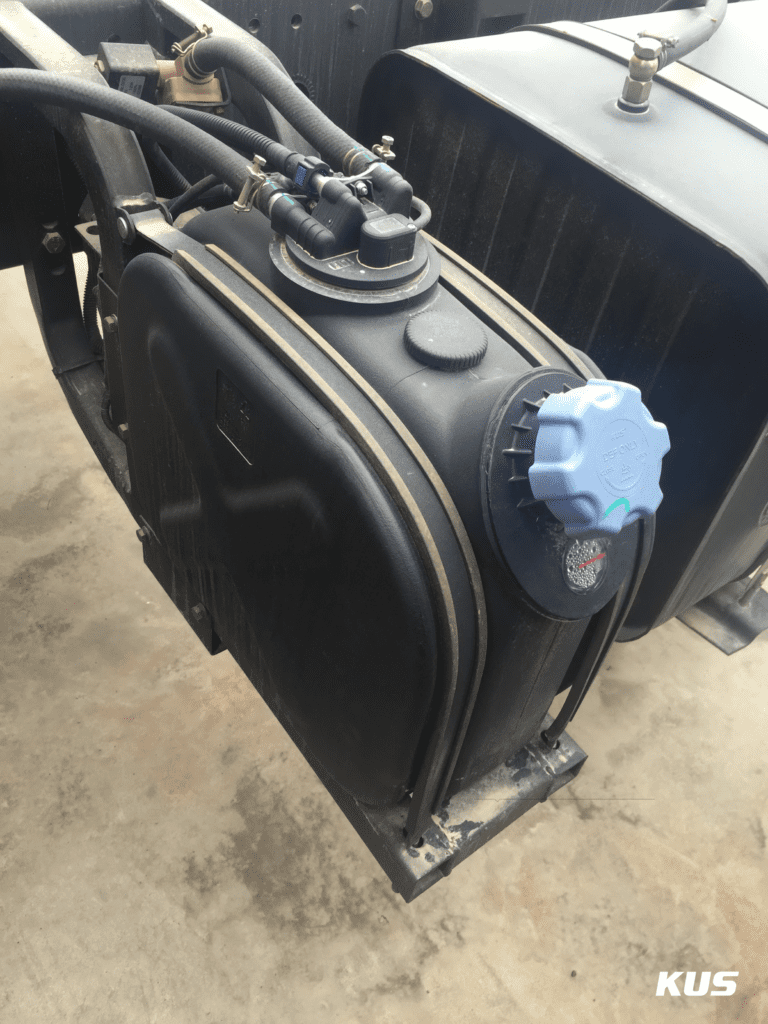Have you ever considered what goes into the fluid that keeps diesel engines running cleanly? You might think that all Diesel Exhaust Fluid (DEF) is created equal, just like all water seems identical. However, is this assumption truly valid, or does it lead us down a rabbit hole of misconceptions? Understanding the nuances of DEF fluid can profoundly affect diesel engine performance, engine longevity, and compliance with environmental regulations.
To unravel the mystery surrounding DEF, let’s begin with what it actually is. DEF is a non-toxic solution composed of 32.5% urea and 67.5% deionized water. It plays a crucial role in the Selective Catalytic Reduction (SCR) process, a technology designed to significantly reduce nitrogen oxide (NOx) emissions from diesel engines. But not all DEF is the same; variations in production quality, handling, and storage can lead to significant differences in performance.
Let’s delve deeper into the quality of DEF. DEF must adhere to the American Petroleum Institute’s (API) standards or the ISO 22241. These standards ensure the purity and concentration of the urea solution, ensuring it performs optimally without causing damage to the engine or exhaust system. Commercially available DEF usually meets these regulations, but certain unofficial or generic brands may not. A question arises: do you really want to take that risk?
When considering brands, it’s vital to recognize the variability in DEF manufacturing processes. Not all suppliers or manufacturers adhere to the same quality controls. Contaminants introduced during production or transportation can alter the fluid’s characteristics, leading to engine complications. Using subpar DEF might even cause you to violate warranty agreements with your vehicle manufacturer, leading to potential financial repercussions. Imagine needing a repair that you could have avoided simply by choosing a reliable DEF supplier.
Storage is another critical factor affecting the efficacy of DEF. Proper storage conditions are essential; DEF should be stored in a cool, dark place and should not be exposed to temperatures exceeding 86°F (30°C). Extended exposure to harsh conditions can degrade its quality, so if it looks cloudy or contains particulates, it shouldn’t be used. Ask yourself this: how often do you check the storage conditions of your DEF? If you haven’t been monitoring it closely, now might be a good time to start!
Moreover, DEF has a shelf life. Typically, a well-stored container has a shelf life of around 12 months but can last up to 24 months if kept in optimal conditions. After that, it risks losing its effectiveness. You might think that forgetting about that spare canister in the garage won’t matter, but using expired DEF could lead to significant troubles down the line. Regular checks and a system for inventory management could save you from a debacle later on.
Beyond storage and quality considerations, it’s pivotal to discuss how different diesel engines interact with DEF. Not all diesel engines utilize SCR technology; some might employ alternative solutions for emissions reduction. Therefore, understanding the compatibility of your engine with DEF is fundamental to maintaining performance. Failure to use the correct exhaust fluid could not only lead to inefficiencies in emissions control but could also wreak havoc on engine components over time. Thus, it’s prudent to consult with professionals or manufacturers regarding specifics. Are you prepared to discover how your engine operates regarding DEF?
In an industry focused on efficiency and performance, it’s important not to overlook the economic aspect of DEF. Pricing can vary widely based on quality and source. Purchasing driver-friendly DEF may seem tempting as a cost-saving measure, but variances in quality can lead to more expensive repairs and maintenance down the line. Consider forming a relationship with a reputable supplier who offers quality assurance. It’s a matter of weighing short-term savings against potential long-term costs. Which side of the line will you fall on?
As we’ve seen, the journey into the world of DEF fluid reveals layers of complexity. While on the surface it may seem straightforward, the hidden factors of quality, storage vitalities, compatibility, and economic implications urge us to ask deeper questions. The next time you fill up your tank with DEF, perhaps take a moment to contemplate the choices that lead you there. Are you willing to gamble on quality, or will you pursue excellence for your vehicle and the environment?
To summarize, assessing whether all DEF fluid is created equal requires nuanced understanding and careful scrutiny. The stakes involve more than just fluid efficiency; they encompass engine performance, regulatory compliance, and financial impact. In light of such considerations, equipping oneself with knowledge can empower decision-making. After all, in a world rife with choices, the decisions we make about our vehicles can reverberate through the many miles they traverse.
